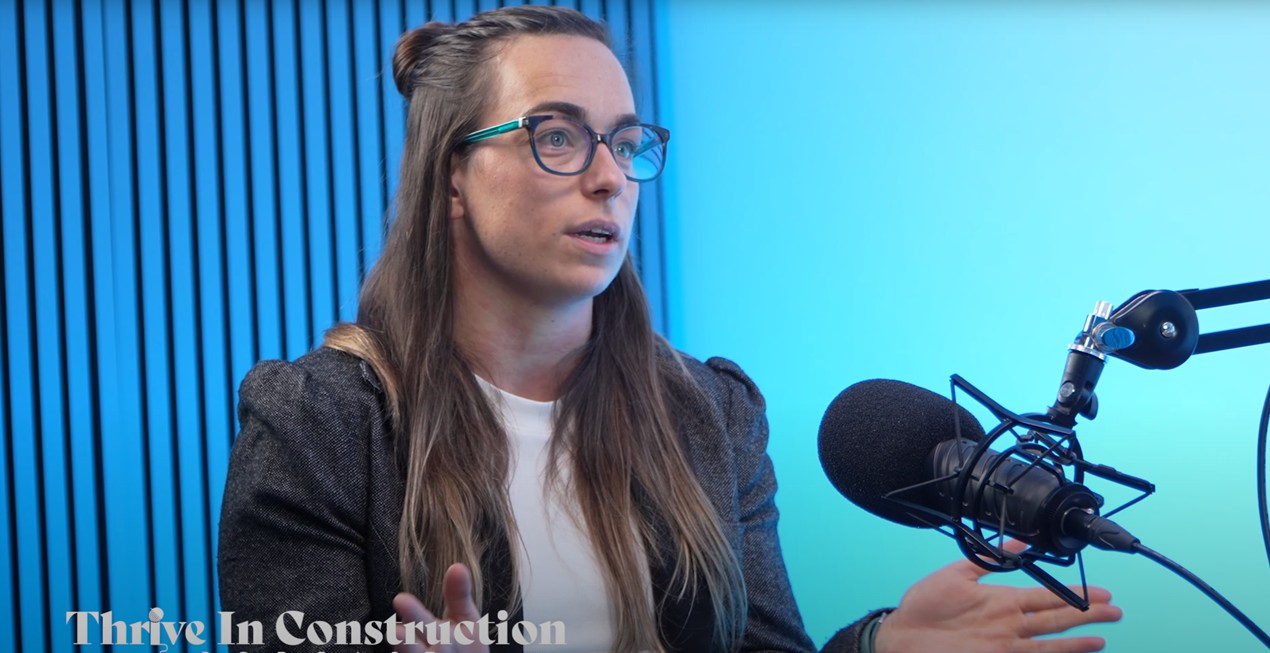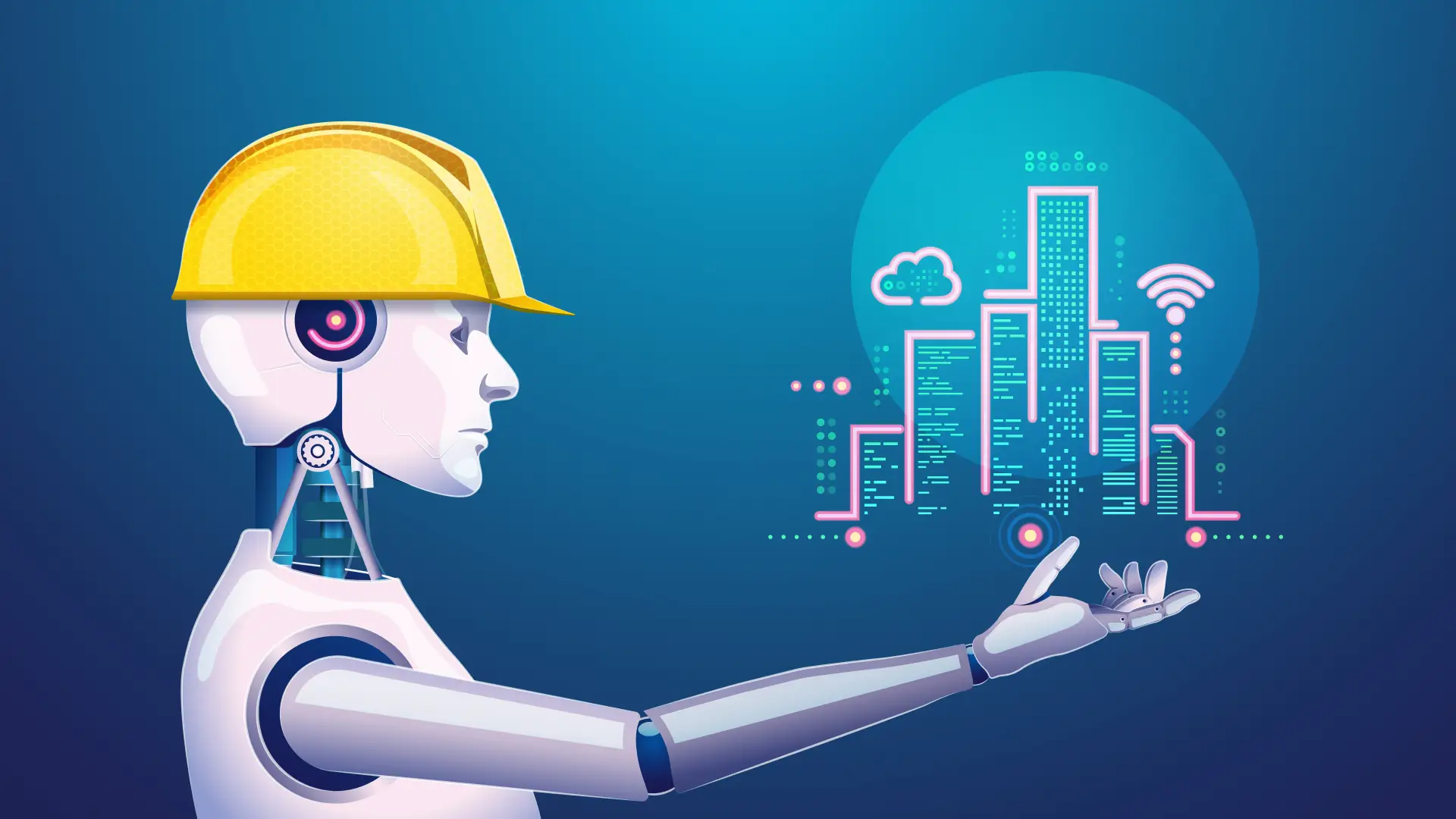
Construction remains one of the world’s least-digitised sectors. Bryony Coombs (civil engineer turned tech leader) argues the breakthrough won’t just come from tools, but from people who take responsibility for change, pairing rigorous planning with smart use of AI in construction.
Civil engineer and tech leader Bryony Coombs explains how teams can de-risk delivery, speed up scheduling and widen participation by combining evidence-based planning with AI in construction. Expect practical governance, reverse mentoring that works, and a 90-day plan to test, learn and scale without compromising safety or quality.
Construction’s productivity problem is solvable when we pair disciplined planning with selective digitisation. Coombs shows how better communication, reverse mentoring, and targeted pilots make AI in construction a catalyst for faster programmes and better decisions without displacing human expertise.
“Change sticks when people take responsibility for it—create the space, listen, then act.” — Bryony Coombs
Pilot with purpose: Use constrained, measurable trials to validate benefits (time, cost, risk) before scaling.
Upgrade how you plan: Optioneering with AI tools lets schedulers test many more scenarios in minutes, then verify.
Build trust, not hype: Create governance (checks, audits, sign-offs) so outputs are explainable and defensible.
Reverse mentoring works: Senior leaders learn realities from junior staff; juniors gain sponsorship and voice.

It’s not a “replace the planner” button. The best tools turn a schedule into a constraint model so teams can explore options, understand risk, and prove value before they build. Humans still define the logic; software expands the option space and speeds the heavy lifting.
No. It augments scarce skills. Schedulers still set rules, validate outputs and sign off the plan. The gain is time: instead of hand-building one or two alternatives a week, you can generate dozens in minutes and choose the best, then interrogate every assumption.
Start where data is structured and outcomes are measurable: programme optioneering, resource loading, interface clashes, and “what-if” risk scenarios. On complex assets (e.g., data centres), this supports earlier, clearer decisions across clients, PMs, designers and trade partners.
Treat it like any other engineering system: define inputs, version control, peer review, acceptance criteria, and a human sign-off. Keep an audit trail linking changes to outcomes. If you can’t explain it to your commercial lead or client, it isn’t ready.
Coombs’ reverse-mentoring programme paired senior leaders with junior women on site, creating safe, candid conversations that led to better day-to-day decisions. The same mindset accelerates adoption of AI in construction: listen, learn, then remove barriers (skills, time, tooling) so teams can try, test and trust.
Better planning reduces rework, idling and waste—cutting programme risk and embodied/operational emissions. Optioneering with AI in construction helps teams lock the “right first-time” path, protecting margins and outcomes while supporting performance targets.
Days 0–30: Discover & frame
Pick one programme hot spot (interfaces, logistics, or resource bottlenecks).
Define the test: KPIs, governance, data access, and who signs off.
Days 31–60: Pilot
Build the baseline schedule and 5–10 AI-generated alternatives.
Run peer review and risk workshops; evidence what changes and why.
Days 61–90: Decide & scale
Document results (time saved, risk reduced, options explored).
Train two internal champions; prep a second pilot on a different asset.
This is the kind of work we support at Darren Evans Ltd, aligning digital methods, governance and behaviours so value survives “value engineering.” If this resonates with your challenges, let’s talk.
The opportunity is clear: plan bravely, test quickly, and govern well, so innovation becomes your safest path to delivery.